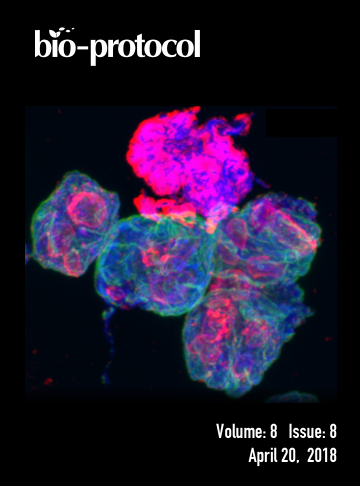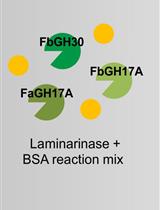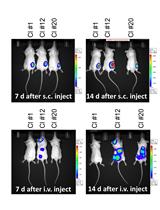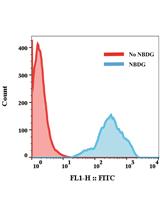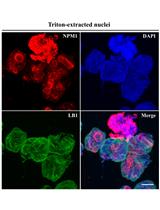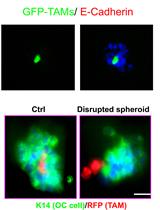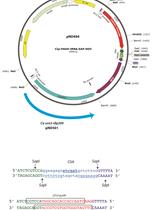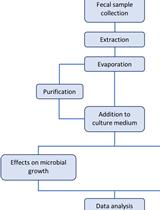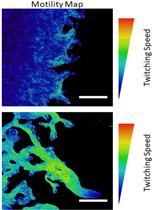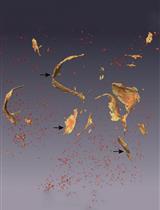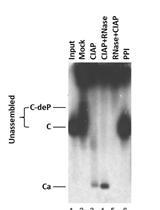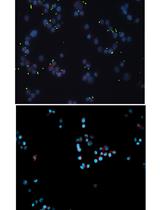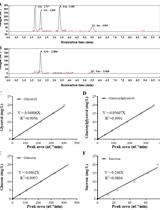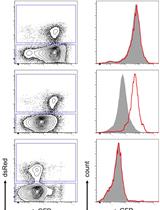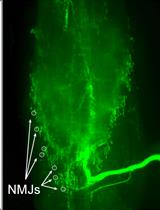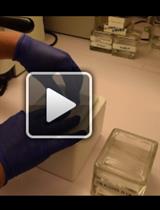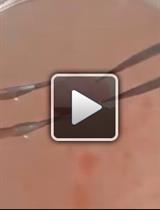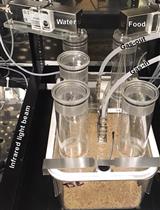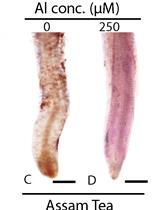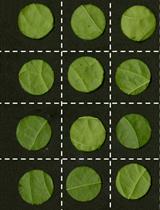- Submit a Protocol
- Receive Our Alerts
- EN
- Protocols
- Articles and Issues
- About
- Become a Reviewer
Past Issue in 2018
Volume: 8, Issue: 8
Biochemistry
Laminarin Quantification in Microalgae with Enzymes from Marine Microbes
Cancer Biology
Generation of Luciferase-expressing Tumor Cell Lines
FACS-based Glucose Uptake Assay of Mouse Embryonic Fibroblasts and Breast Cancer Cells Using 2-NBDG Probe
Cell Biology
A Method for Extracting the Nuclear Scaffold from the Chromatin Network
Immunology
3D Co-culture System of Tumor-associated Macrophages and Ovarian Cancer Cells
Microbiology
Method for CRISPR/Cas9 Mutagenesis in Candida albicans
Extraction of Small Molecules from Fecal Samples and Testing of Their Activity on Microbial Physiology
Quantification of Bacterial Twitching Motility in Dense Colonies Using Transmitted Light Microscopy and Computational Image Analysis
Metal-tagging Transmission Electron Microscopy for Localisation of Tombusvirus Replication Compartments in Yeast
Host-regulated Hepatitis B Virus Capsid Assembly in a Mammalian Cell-free System
Adhesion of Enteroaggregative E. coli Strains to HEK293 Cells
Determination of Intracellular Osmolytes in Cyanobacterial Cells
Molecular Biology
Generation of microRNA Sponge Library
Neuroscience
Electrophysiological Recordings of Evoked End-Plate Potential on Murine Neuro-muscular Synapse Preparations
Magnetic Resonance Imaging and Histopathological Visualization of Human Dural Lymphatic Vessels
Isolation and Maintenance of Murine Embryonic Striatal Neurons
Testing Effects of Chronic Chemogenetic Neuronal Stimulation on Energy Balance by Indirect Calorimetry
Plant Science
Qualitative Analysis of Lipid Peroxidation in Plants under Multiple Stress Through Schiff’s Reagent: A Histochemical Approach
In-vitro and in-planta Botrytis cinerea Inoculation Assays for Tomato
Quantification of Thrips Damage Using Ilastik and ImageJ Fiji


